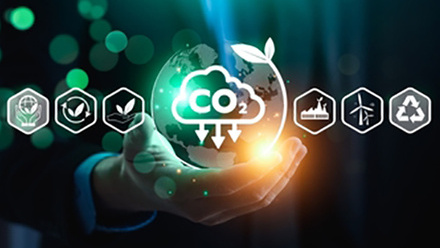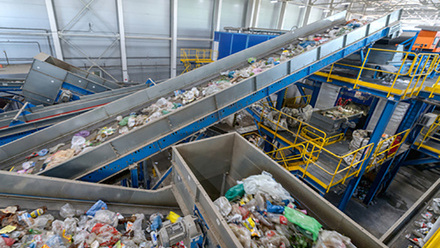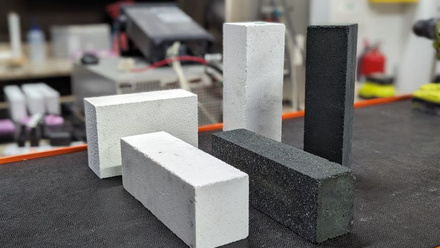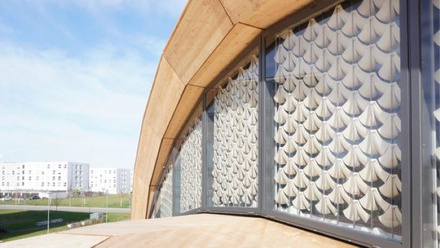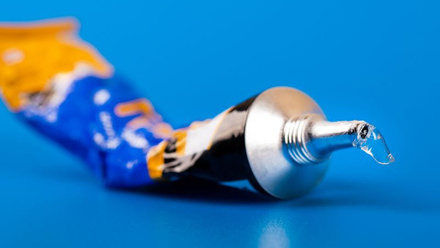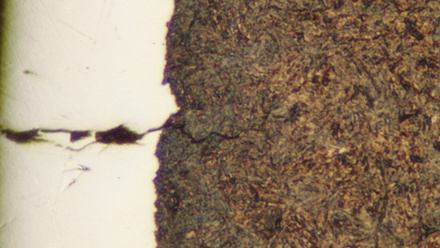Clay connections
Diverse uses are uncovered for the 4mln m³ of clay excavated to widen the rivers converging in the Dutch Delta and to reinforce the dykes for protection against flooding.
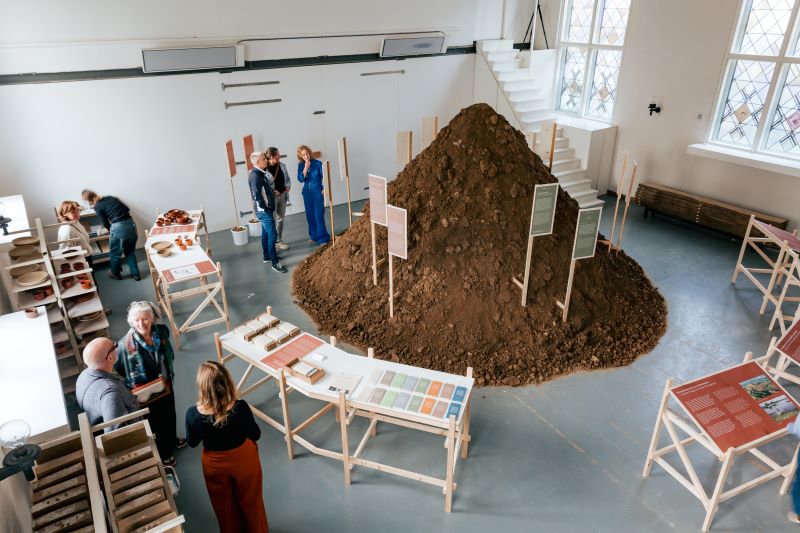
The work is a collaboration between Meanderende Maas infrastructure project in the Netherlands and design studio Atelier NL.
The project hopes to 'make the bigger picture of river widening and climate adaptation more relatable and real', according to Atelier NL co-founder Lonny van Ryswyck.
'This collaboration focuses on the incredible potential of excavated clay – a material often overlooked or discarded.
By rethinking its use, we’re not only addressing a material surplus but also contributing to the project’s overarching goals of reducing waste and showcasing sustainable practices.'
Meanderende Maas is a six-year-long programme to strengthen the 26km dyke between the Dutch towns of Ravenstein and Lith.
Much of the unearthed clay is being reused in the dyke fortification, being sold to the brick industry, or being used in schools to understand its material properties. Its application is also being expanded to include ceramics through the creation of Maas Clay Tableware.
'It’s about educating people on its versatility, fostering creativity and demonstrating how local resources can be repurposed sustainably', says van Ryswyck.
'This collaboration is important because it goes beyond technical and material reuse. It bridges different perspectives – connecting contractors, educators and local communities in a shared vision. By involving people in every stage, from excavating to crafting ceramics, we create a deeper understanding of the river’s transformation and the broader challenges we face with climate adaptation.
'Moreover, this...reflects a shared commitment to preserving local ecosystems while addressing global concerns like resource scarcity and sustainable development. By reusing the clay locally – whether for bricks, ceramics or education projects – we’re not only reducing the project’s footprint, but also turning what could have been waste into something meaningful and impactful.'
This local angle is important, she stresses. 'By involving communities and highlighting the potential of local materials, we’re showing that sustainability is accessible and that everyone has a role to play in shaping a resilient future.'


